Why do pear leaves turn red and what to do?
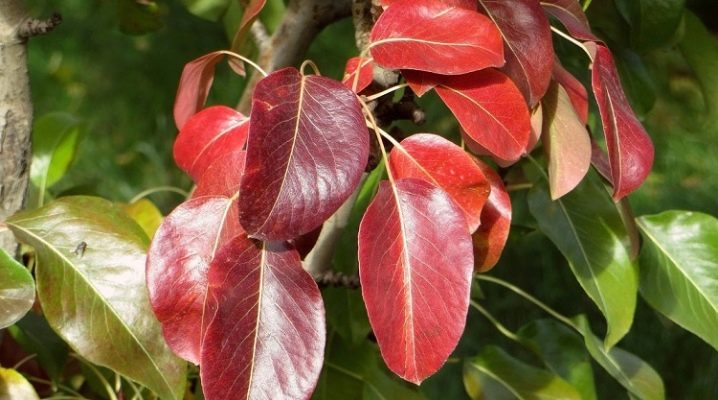
Red foliage on a pear tree clearly indicates a violation in the development of culture. In the article, we will talk about what caused such a violation, how to protect a tree from the negative consequences of such a phenomenon and how to deal with it.

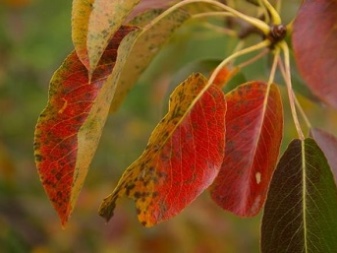
Causes
To find out how to deal with such a manifestation as reddening of the foliage in a pear, you need to establish the cause of this violation. There may be several of them, which does not include the natural change in the color of the leaves in the fall, starting in September. The gardener must find the reason and find out why the leaves on the pear began to "burn" ahead of time.
Among the reasons provoking this phenomenon may be:
- various cultural diseases;
- harmful insects that devour the bark, roots or internal tissues of the tree;
- excess limestone in the soil or in top dressing;
- lack of phosphorus (in this case, small specks appear, which intensively increase);
- a sharp difference in temperature, for example, heat unusual for the area (then the leaves turn purple and curl);
- the rootstock with the scion turned out to be incompatible;
- excessive moisture (either frequent watering, or groundwater prevents the roots from breathing);
- planting irregularities, when the root system of the tree is too deep.
Therefore, if the leaves of a pear turn red in the summer in July or become burgundy in August, this is clearly a sign that the tree is sick, and the disease is progressing. An urgent need to take action: the sooner this is done, the faster you can save the tree while maintaining a healthy appearance.
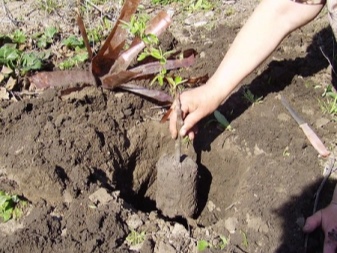
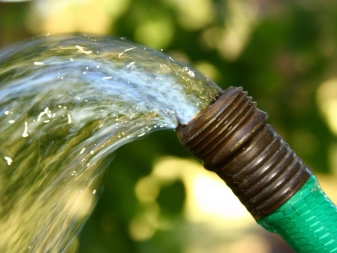
Treatment
When the first red leaf appears on the pear, you must already fight the reddening of the foliage and do everything possible so that it does not spread further. Symptoms can manifest themselves in different ways: the leaves can completely change color, or they can become covered with red spots. In any case, if such manifestations became a reality long before the beginning of autumn, this is a sign for the gardener to begin to identify the cause and immediately start saving the pear. By the way, the affected foliage quickly loses its shape and curls or dries.
If you do not take action, the tree will wither and gradually wither. However, the plant is doomed to death only if the grafting was done incorrectly (if the scion is incompatible with the stock). In other cases, the pear tree can be saved by adjusting the care or timely treatment of diseases.
Consider some options for measures to restore pear health and get rid of redness.
- With a lack of phosphorus, the leaves begin to turn red from the petiole (from bottom to top), while changing color unevenly. As soon as this is noticed, you immediately need to start spraying with ammophos and repeat the procedure every 2 weeks (April - July). And next spring, feed the tree with mineral fertilizers. They are applied every 2-3 weeks on the entire surface of the crown projection to a depth of 7-18 cm. In dry weather, watering is required after such feeding.
- Reddening of foliage due to excessive moisture is eliminated by solving the problem due to which this occurs. If frequent precipitation and groundwater accumulate at the landing site, drainage bends should be made. Adjust the irrigation rate in this case, and if the tree is still to be transplanted, then you need to do this - transplant it to a more favorable place from a lowland to a hill, or make a bulk bed.
- Aphids and other insects often cause redness. You can fight them by spraying with celandine infusion.To do this, 5 stalks of celandine must be crushed and placed in 10 liters of hot water. Insist warm for 5-6 days, and after 200 ml of concentrate, dilute in 10 liters of water and after 4-5 days spray the affected trees. It is better to treat ticks with drugs such as "Omite" or "Masai" 2 times a season.
- Causes redness on the pear and a number of diseases, such as black cancer or fungal infections. In this case, the damaged bark is removed, and diseased branches and red foliage are removed. All affected elements are necessarily burned, the tree itself is treated with appropriate preparations.
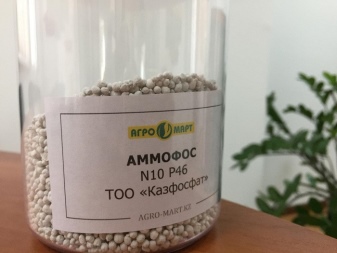
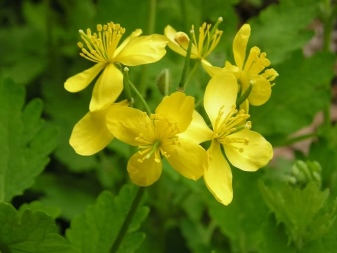
One of the common reasons for reddening of pear leaves in recent years is called improper grafting of a plant, when the rootstock was incompatible with the scion. This is observed more on the rootstocks of clonal seedlings.
Physiological incompatibility arises due to the fact that today in Russia there is no universal model of a clonal pear stockand this incompatibility can make itself felt even years after planting. This can be displayed in the form of heats at the vaccination site - metabolism is disrupted, and the leaves begin to turn red.
In this case, it is not always possible to save the plant, it is better to uproot the tree and plant another in its place. And in order not to face such a phenomenon again, buy seedlings in nurseries where pear seedlings are grown from seeds.

Prevention measures
For planting pears, elevated areas are chosen, while the root system is not greatly deepened. Trees, for preventive purposes, to prevent reddening of the leaves (so that they do not lack phosphorus, in order to protect them from various infections), can be regularly treated with one of the compositions.
- "Azofos" - for the prevention of various diseases, against aphids and harmful insects. Dilute the composition immediately before use at the rate of 100 ml of contents per 10 liters of water.
- "Speed" - in order not to harm the ovaries, they are treated with them before flowering at the rate of 5 ml of concentrate per 10 liters of water. No more than one liter of solution is consumed for each tree.
- "Delan" - the drug has a negative effect on any pests of the pear, the treatment with this agent is carried out after the flowers have fallen off. A kilogram of the composition is spent on an area of 1 hectare.
The truth remains relevant: it is better to prevent an attack than to get rid of it later. Carry out preventive work in the garden regularly - and you will not have to deal with the consequences. Regular feeding is also important, but only within the established norm. Exceeding the norms can lead to the opposite process. And in order not to have additional problems and unnecessary work in the garden at all, choose pear varieties that are resistant to diseases and pests when planting.
Such "strong" varieties include "Severyanka", "Tikhonovka", "Dukhmyanaya", "Avgustovskaya dew" and others.

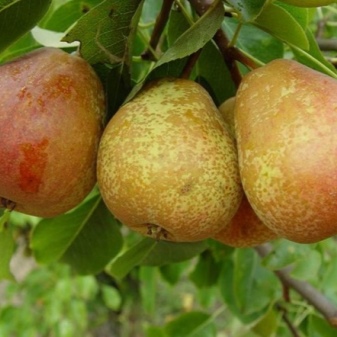













The comment was sent successfully.